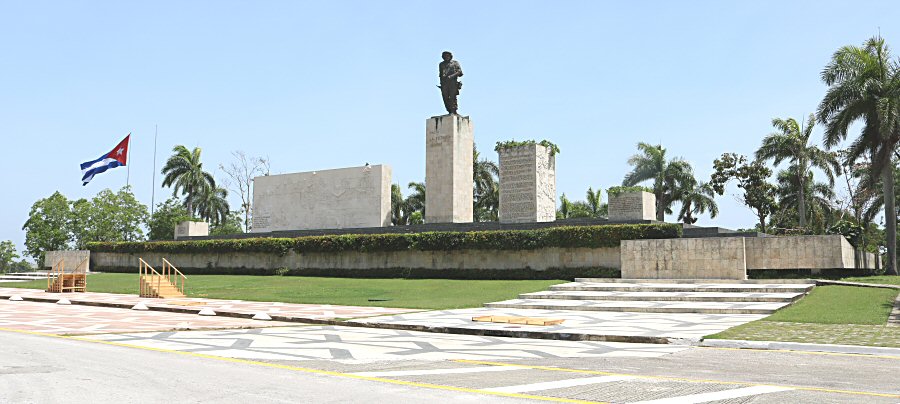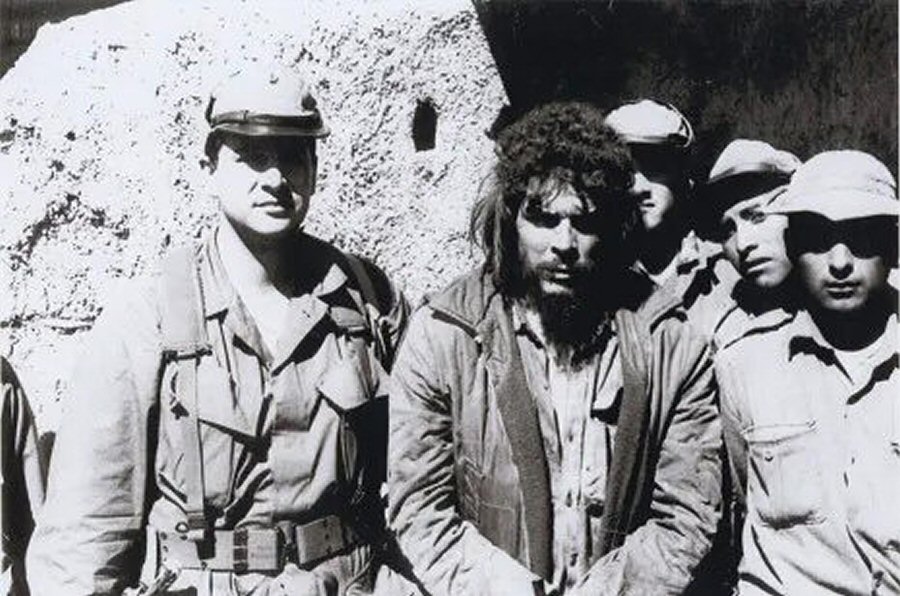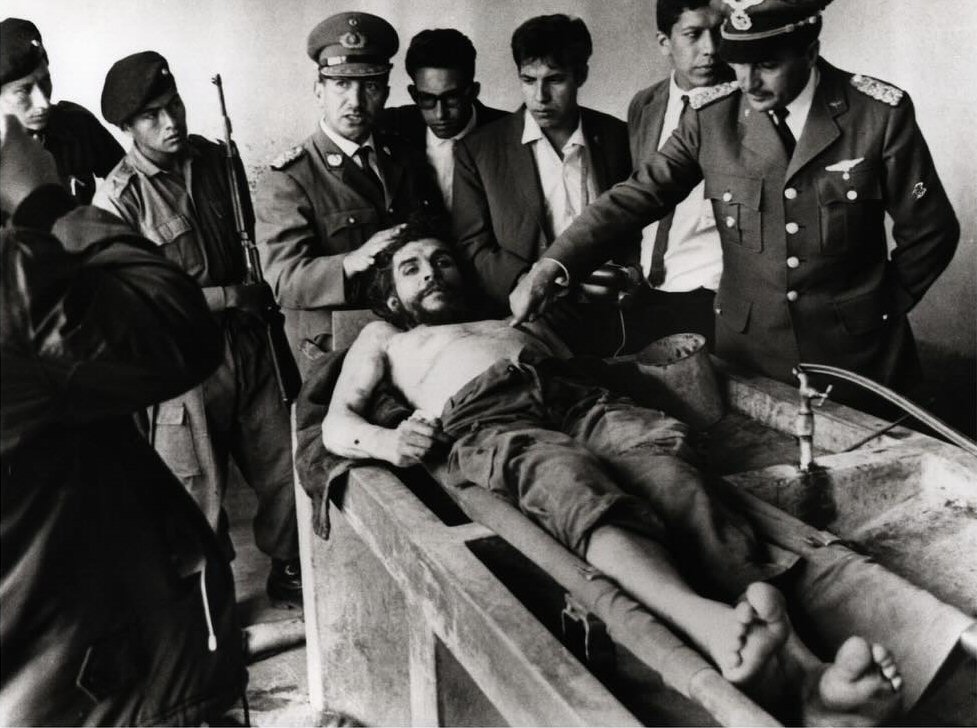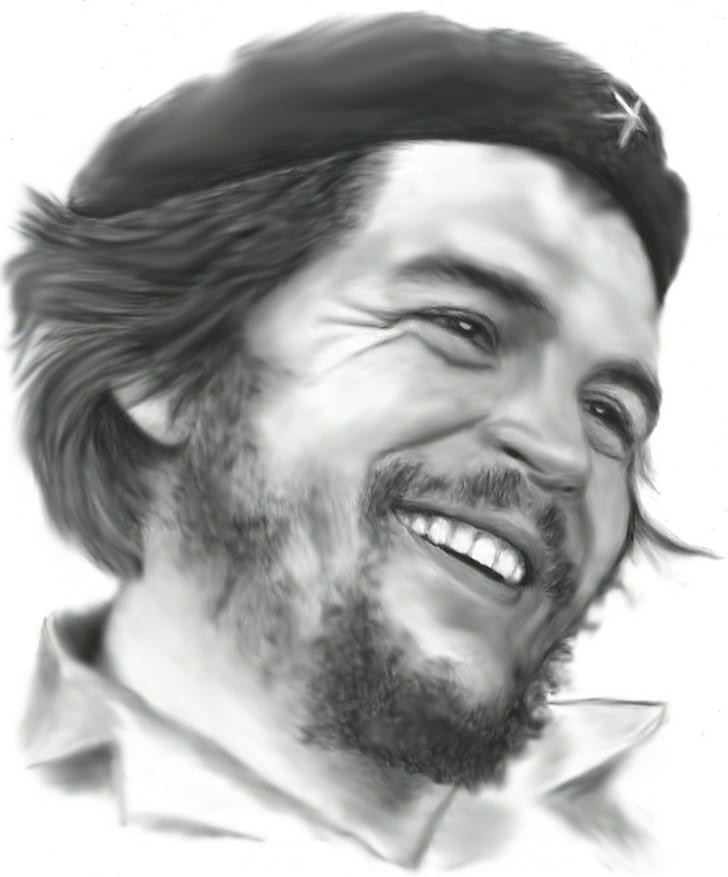
For nearly 30 years, the fate of Che Guevara's body remained unknown. In late 1995, a Bolivian general confessed to a writer that Che's body had been buried a few meters from Vallegrande's small airstrip.
A search effort began, lasting nearly one year and involving people from many countries. hundreds of holes were dug. Finally, on July 28, 1997, a team of Cuban geologists and Argentine forensic anthropologists discovered the remains of seven people in two mass graves. One of them was missing his hands. This indicated that the body belonged to Che Guevara. Bolivian government officials later confirmed that the excavated teeth were perfecty matched with the plaster cast of Che's teeth which was made in Cuba before his Congo expedition.
In 1997, all excavated bodies transferred to Havana.
The Burials
On October 17, 1997, 30 years and 8 days after Guevara's
death, the remains of Che Guevara and his six comrades who
had died with him in the uprising in Bolivia during
1966-1967, were brought from Havana to Santa Clara in a
convoy of small wooden coffins on trailers pulled by green
jeeps. A ceremony was held, attended by several hundred
thousand people, during which a choir of schoolchildren sang
Carlos Puebla's elegy for Guevara, "Hasta
Siempre" (Forever).
On the same day, the remains of Che Guevara, along with the
remains of six other guerrillas, were laid to rest in a
specially built mausoleum in the Cuban city of Santa Clara,
where he had commanded over the decisive military victory of
the Cuban Revolution. Buried with him in this mausoleum are
the Cubans Alberto Fernandez Montes de Oca (Pacho), Orlando
Pantoja Tamayo (Olo), and René Martínez Tamayo (Arturo), who
were killed in the Quebrada del Yuro on October 8, 1967, and
another Cuban Carlos Coello (Tuma), who was killed in the
Rio Piraí on June 26, 1967, and the Peruvians Juan Pablo
Navarro-Lévano Chang (El Chino) and the Bolivian Simeon Cuba
Sarabia (Willy), who were executed together in La Higuera on
October 9, 1967.
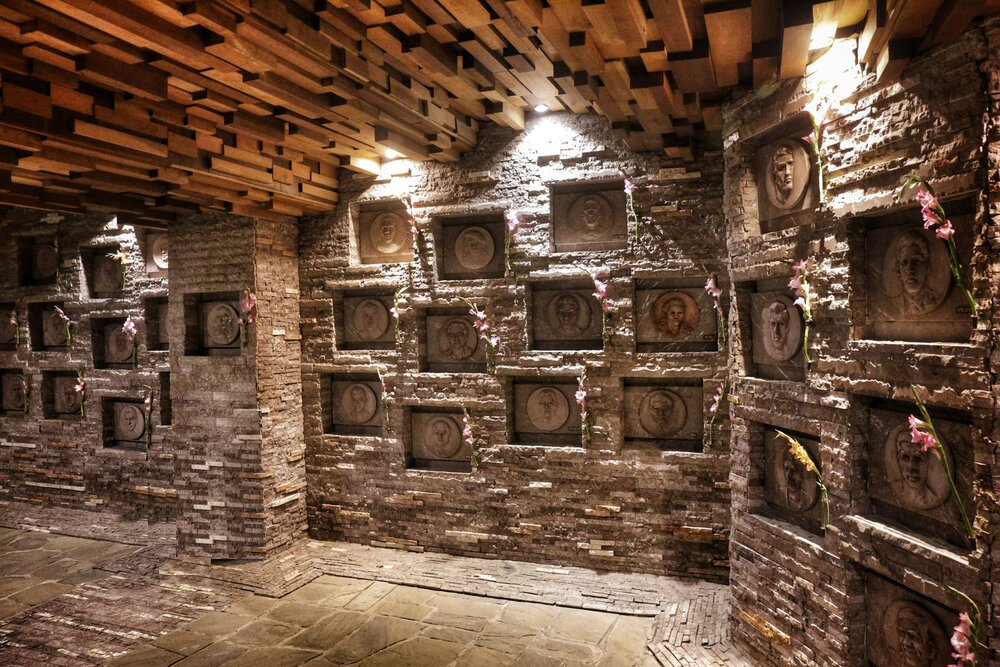
After several years of searching between 1997 and 2000, the
remains of many guerrillas that took part in the insurgency
in Bolivia, were found by the forensic anthropologists
operating in the territory of southeast Bolivia. 23 of them
were transferred to Cuba in batches and interred in the Che
Guevara Mausoleum in addition to the six guerrillas buried
before. The rest remained in their countries of origin at
the request of their families. The burial locations of eight
guerrillas have not yet been determined. One of them is
Cuban, the rest are Bolivian.
Those subsequently buried in the mausoleum on December 29,
1999, at the day of the 40th anniversary of Guevara's
victory in the Battle of Santa Clara, were the Cuban Manuel
Hernández Osorio (Miguel) and the Bolivians Mario Gutierrez
Ardaya (Julio), Roberto Peredo Leigue (Coco), and Aniceto
Reinaga Cordillo (Aniceto), who were killed in the Quebrada
de Batan on July 26, 1967, Haydée Tamara Bunke Bider
(Tania), an Argentine citizen of German origin, who was
killed in Vado del Yeso on August 31, 1967, the Bolivians
Francisco Huanca Flores (Pablito), Jaime Arana Campero (Chapaco),
the Cuban Octavio de la Concepcion Pedraja (Moro), and the
Peruvian Garvan Edilverto Lucio Hidalgo (Eustace), who were
killed in Los Cajones on October 12, 1967, and the Bolivian
Julio César Méndez Korné (Nato), who was shot by his
comrades after being seriously wounded on November 15, 1967.
Those subsequently buried in the mausoleum in 1999 were the
Cubans Gustavo Manchin Hoed de Beche (Alejandro), Israel
Reyes Sayas (Braulio) and Juan Vitalio Acuña Nuñez
(Joaquin), the Bolivians Apolinar Aguirre Quispe (Polo),
Freddy Maymura Hurtado (Ernesto), Moises Guevara Rodriguez
(Moses) and Walter Arencibia Ayala (Abel) who were killed in
Vado del Yeso on August 31, 1967.
In 2000, the bodies of six guerrillas were added to the
burials in the mausoleum. These were Cuban Eliseo Reyes
Rodriguez (Rolando), killed in El Meson on April 25, 1967,
Cuban Antonio Sanchez Diaz (Marcos), killed in Peña Colorada
on June 2, 1967, Bolivian Serapio Aquino Tudela (Serafin),
killed in Iquira on July 9, 1967, Cuban Jose Maria Martinez
Tamayo (Papi), killed in Rio Rosita on July 30, 1967 and
Peruvian Restituto José Cabrera Flores (El Negro), who was
killed in Rio Palmarito on September 4, 1967.
